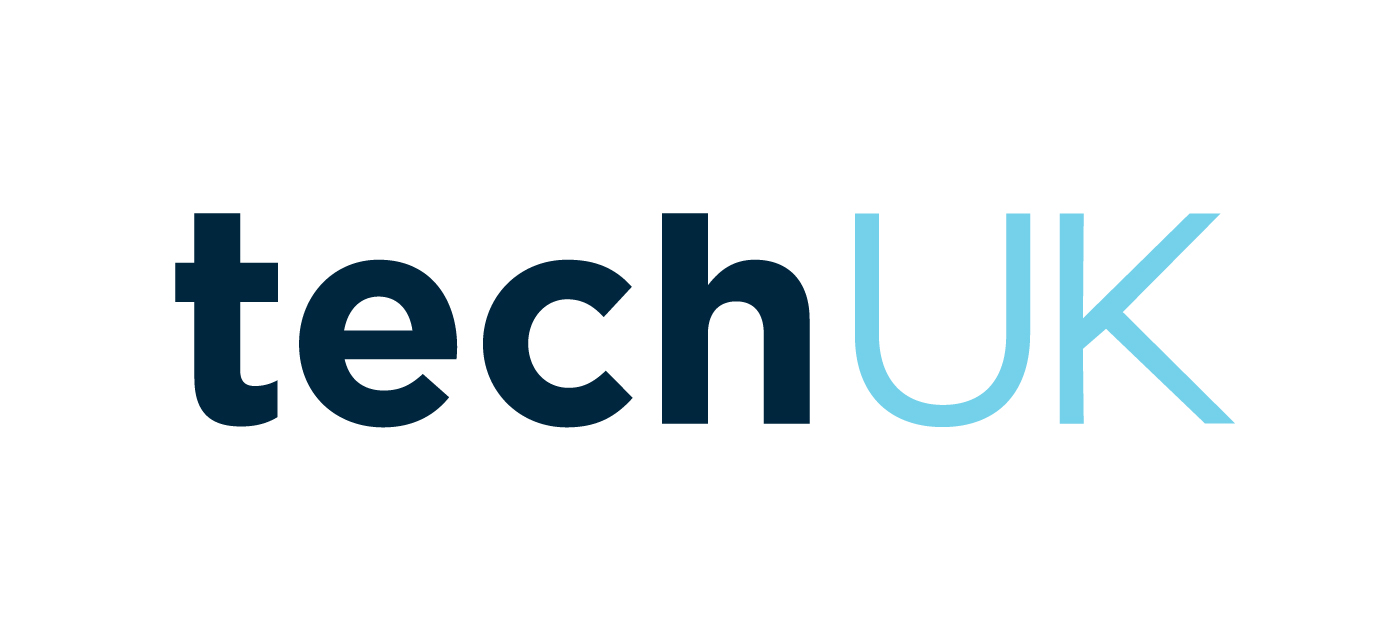Since the launch of the AI Assurance Roadmap at the techUK Digital Ethics Summit last year, the Centre for Data Ethics and Innovation (CDEI) has been researching how best to cultivate an effective AI assurance ecosystem in the UK. This has included a wide range of engagement exercises, including the AI Assurance Symposium hosted by techUK in July.
As a next step, techUK and CDEI are working together to gather real-world examples of AI assurance techniques being used across different sectors. These will be used to build an online case study repository which aims to drive awareness and use of AI assurance techniques across sectors. The repository will feed into the wider vision of the CDEI AI assurance roadmap; to drive the maturity of the UK AI assurance ecosystem.
The answers to questions 2-17 below will be shared with the CDEI team, who will sift and quality assure responses based on their relevance to AI assurance, AI trustworthiness and the AI regulation principles proposed by the Government.
Your contact details will not be shared with CDEI, however techUK may get in touch to ask if you consent for us to put you in touch with CDEI directly to expand further on your case study. You can find the full techUK privacy policy here.
